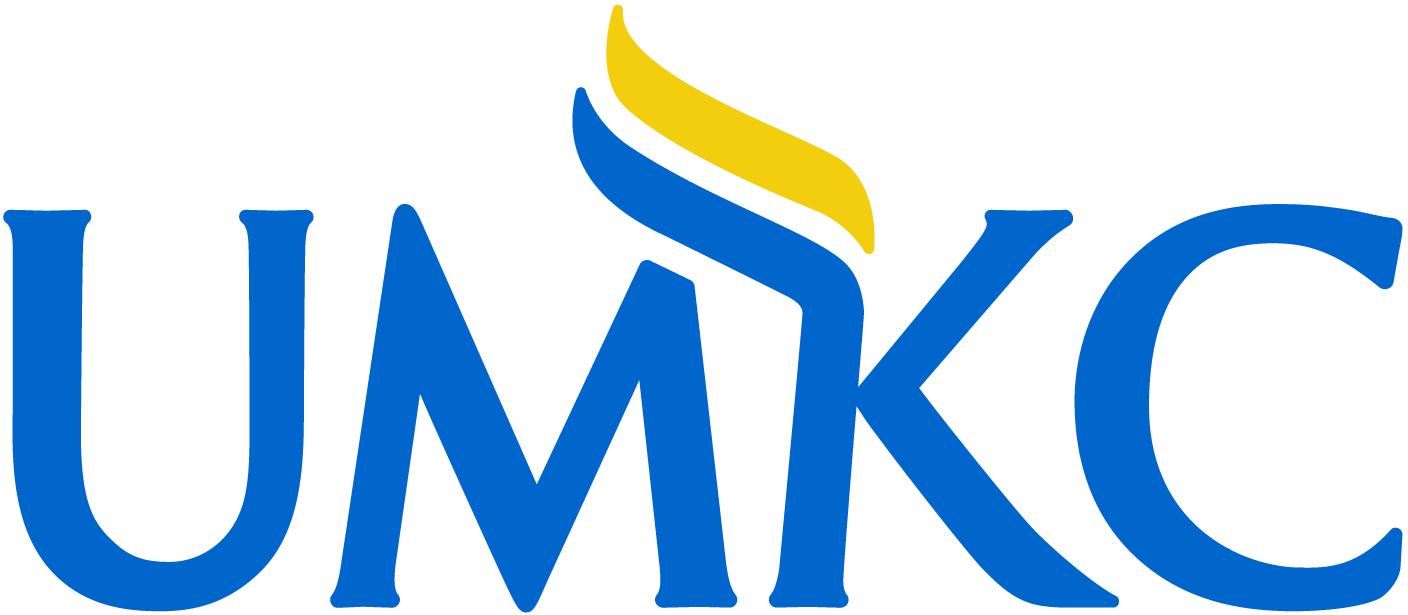Abstract
AIM: This case report aims to highlight the application of a computed tomography (CT)-guided, digitally designed workflow for implant-retained auricular prosthetic rehabilitation in a patient with traumatic ear loss.
BACKGROUND: Implant-retained auricular prostheses require highly precise implant positioning for optimal retention and esthetics. Advances in virtual surgical planning, combined with radiographic imaging and implant planning software, now enable a prosthetically driven, patient-specific approach.
CASE DESCRIPTION: A 45-year-old male with right auricular loss from childhood trauma reported dissatisfaction with an adhesive-retained prosthesis due to poor retention and skin irritation. Clinical evaluation confirmed adequate bone and healthy surrounding tissue, thus planned for implant-retained prosthetic rehabilitation. A CT-guided digital workflow was employed, using a custom 3D-printed surgical guide with intraoral occlusal support and an external auditory canal plug for accurate implant placement in the mastoid region. Peri-implant soft tissue was managed through debulking, split-thickness skin grafting, and a stent-supported healing protocol. A CAD-designed, stereolithography-printed three-piece negative mold was used to fabricate a wax pattern and a color-matched silicone prosthesis secured to a custom metal bar. The patient was instructed on hygiene maintenance to preserve soft tissue health. Patient acceptance of the prosthesis was found to be favorable, with positive feedback regarding both esthetic integration and functional comfort, which further supports the efficacy of implant-supported facial prostheses in restoring quality of life following orofacial rehabilitation.
CONCLUSION: This case highlights the effectiveness of a CT-based digital workflow in improving the precision and clinical outcomes of implant-retained auricular prostheses. The integration of a modified 3D surgical guide and custom negative mold offers a patient-specific, accurate, and reproducible approach for complex auricular rehabilitation, significantly enhancing prosthesis retention, esthetics, and patient satisfaction.
CLINICAL SIGNIFICANCE: This case underscores the value of a CT-based digital workflow and customized 3D-printed tools in achieving precise implant placement and superior prosthetic outcomes in auricular reconstruction. By integrating anatomical references like the external auditory canal into the surgical guide and employing a custom negative mold for prosthesis fabrication, clinicians can enhance retention, soft tissue health, and esthetic results. How to cite this article: Ajay Y, Vijayamohan M, Krishnadas A, et al. Digital Workflow for Implant-retained Auricular Prosthesis Using Modified 3D Surgical Guide and Negative Mold: A Case Report. J Contemp Dent Pract 2025;26(7):710-715.
